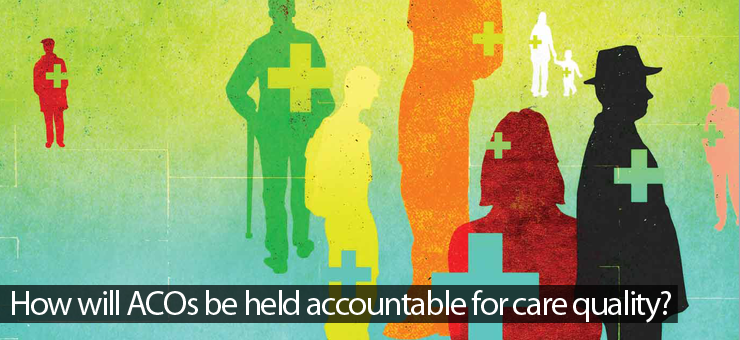The carrot-and-stick approach in the Medicare program, the Accountable Care Organizations (ACOs), has become one of the most talked about new ideas in Obamacare. Providers are entitled to receive more payments if they keep their patients healthy. According to an estimate, nearly four million beneficiaries now belong to an ACO and along with the private sector, the total number of hospitals working under the model is now more than 428.
The ACO model can be defined as a network of physicians and hospitals who share responsibility for providing quality healthcare to patients in hopes of limiting unnecessary spending. Under the Obamacare, each ACO has to manage at least 5,000 Medicare beneficiaries for at least three years.
The responsibility of providing quality healthcare in the ACO model lies with the providers. They will be held accountable if they do not meet the criteria and will have to serve penalties or might have their contracts cancelled before time.
As per the Centers for Medicare and Medicaid Services (CMS), some of the measures for establishing quality performance standards for ACO include the following:
- Patient/caregiver experience (7 measures)
- Care coordination/patient safety (6 measures)
- Preventive health (8 measures)
At-risk population:
- Diabetes (1 measure and 1 composite consisting of five measures)
- Hypertension (1 measure)
- Ischemic Vascular Disease (2 measures)
- Heart Failure (1 measure)
- Coronary Artery Disease (1 composite consisting of 2 measures)
The CMS is encouraging providers to participate in the Shared Savings Program under Medicare. In the program, complete and accurate reporting for all standards is required only for the first year. This enables the ACOs to get the maximum profit share (60 percent for two-sided model and 50 percent for one-sided model) if ACO generates enough profit and successfully reports the required quality standards. In the subsequent second and third years, the ACOs will have to report on the quality benchmarks by the CMS, but will also be evaluated on their overall performance. There are some selected quality measures which the CMS will use to assess the ACOs.
The payment model in the ACO is as follows:
- Year 1: Pay for reporting applies to all 33 measures.
- Year 2: Pay for performance applies to 25 measures. Pay for reporting applies to 8 measures.
- Year 3: Pay for performance applies to 32 measures. Pay for reporting applies to one measure that is a survey measure of functional status.
The CMS will give the ACOs weighted average points under all the quality measures. If the overall average is less than 70 percent, the ACO will be placed on a corrective action plan. Otherwise, it will be eligible to have the stakeholders share the profits.
In case any ACO does not meet the quality care criteria set by the CMS, it will be exposed to penalties and might even see their contract revoked. Even if any patient needs to be readmitted to the hospital for treatment within 30 days of being discharged, the hospital will have to incur penalties by the CMS.
These penalties and accountability measures for ACOs might sound harsh for now, but the objective of the is clear – to improve quality of patient care and reduce the costs to an affordable level.

Join the Discussion!